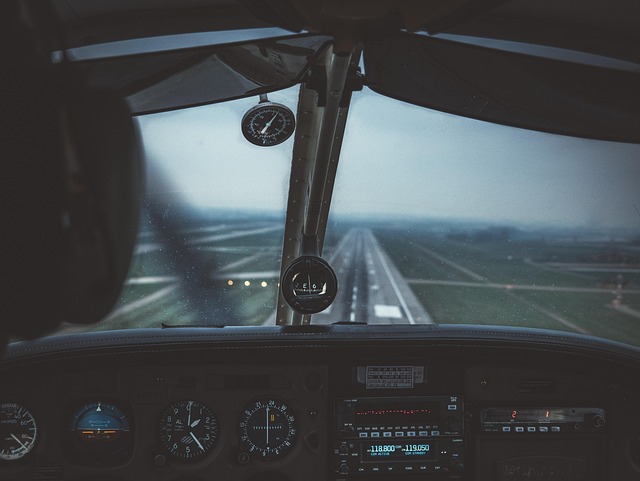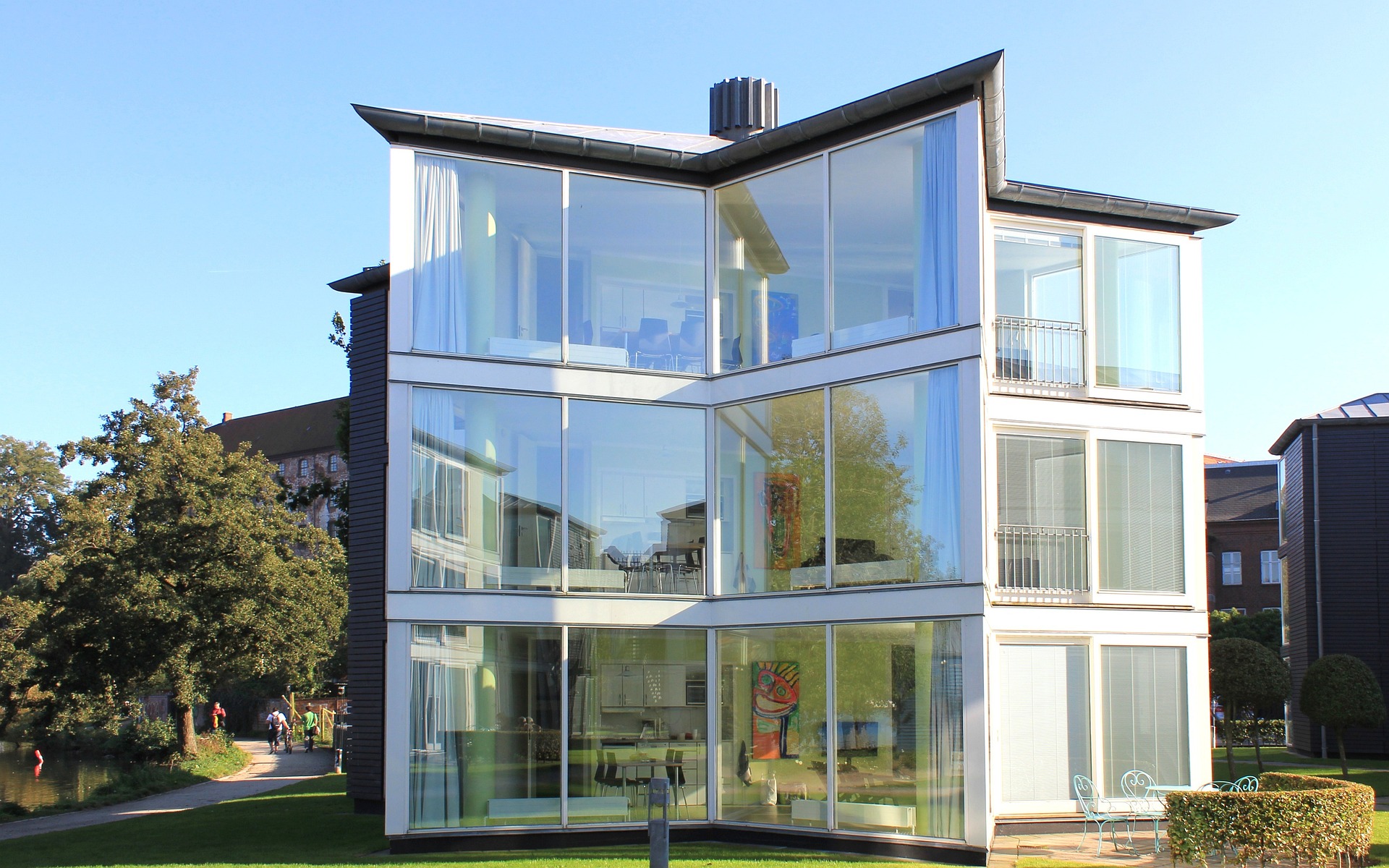Why Aviation Training is Essential for a Successful Career
Aviation training is the first step toward becoming a skilled pilot or aviation professional. Whether you're aiming for a private pilot’s license or preparing for commercial flight training, investing in high-quality training programs will give you the skills and confidence you need to succeed in the skies. Explore accredited training centers that offer hands-on experience, expert instructors, and the latest flight technology to ensure you're well-prepared for your aviation journey. With the right training, your dream of flying is closer than you think.

What are the key benefits of aviation training?
Aviation training provides a solid foundation for anyone looking to enter the world of flight. It equips you with the technical knowledge, practical skills, and safety protocols necessary to operate aircraft confidently and competently. Through rigorous training, you’ll gain an in-depth understanding of aerodynamics, navigation, meteorology, and aircraft systems. This knowledge isn’t just theoretical; it’s critical for making split-second decisions in the air, ensuring the safety of passengers and crew.
How does aviation training impact career prospects?
A robust aviation training program can significantly enhance your career prospects in the aviation industry. Airlines and private operators prioritize pilots with comprehensive training backgrounds, as it demonstrates dedication, professionalism, and a commitment to safety. Moreover, well-trained pilots are more likely to advance quickly in their careers, taking on roles with increased responsibility and better compensation. The aviation industry values continuous learning, and initial training sets the stage for ongoing professional development.
What are the different types of aviation training programs available?
Aviation training programs come in various forms to suit different career goals and personal circumstances. The most common types include:
-
Private Pilot License (PPL) training
-
Commercial Pilot License (CPL) training
-
Airline Transport Pilot License (ATPL) training
-
Instrument Rating (IR) courses
-
Multi-Engine Rating (MER) programs
-
Type Rating courses for specific aircraft models
Each program builds upon the previous one, allowing pilots to progressively expand their skills and qualifications. Some flight schools offer integrated programs that combine multiple certifications, providing a streamlined path to becoming a commercial pilot.
How to choose the right aviation training program?
Selecting the right aviation training program is crucial for your success. Consider the following factors:
-
Accreditation: Ensure the flight school is approved by your country’s aviation authority.
-
Facilities and Fleet: Look for schools with modern aircraft and simulation equipment.
-
Instructor Quality: Experienced, patient instructors can make a significant difference in your learning.
-
Location: Consider weather patterns and airspace complexity in the training area.
-
Cost and Financing Options: Compare program costs and explore scholarship or loan opportunities.
-
Job Placement Assistance: Some schools offer career support and industry connections.
Research thoroughly, visit potential schools, and speak with current students or graduates to make an informed decision.
What are the top aviation training schools for aspiring pilots?
While the “best” school can vary based on individual needs, several institutions are widely recognized for their excellence in aviation training:
-
Embry-Riddle Aeronautical University (USA)
-
CAE Oxford Aviation Academy (Multiple locations)
-
L3Harris Airline Academy (Multiple locations)
-
Singapore Flying College (Singapore)
-
Lufthansa Aviation Training (Germany)
These schools offer comprehensive programs, state-of-the-art facilities, and strong industry connections. However, many excellent regional and local flight schools also provide high-quality training, often at a more affordable price point.
From zero to pilot: What’s involved in aviation training?
The journey from a complete novice to a licensed pilot involves several stages:
-
Ground School: Learn theory, including aerodynamics, meteorology, and navigation.
-
Flight Simulator Training: Practice procedures and emergency scenarios in a safe environment.
-
Actual Flight Training: Start with basic maneuvers and progress to more complex operations.
-
Solo Flights: Demonstrate your ability to fly independently under supervision.
-
Cross-Country Flights: Navigate longer distances and different airports.
-
Instrument Training: Learn to fly solely by reference to instruments.
-
Checkride: Pass a practical test with an examiner to earn your license.
Throughout this process, you’ll accumulate the required flight hours, which vary depending on the type of license you’re pursuing. For example, a private pilot license typically requires a minimum of 40 flight hours, while a commercial license demands at least 250 hours.
| Training Type | Minimum Flight Hours | Approximate Duration | Estimated Cost Range (USD) |
|---|---|---|---|
| Private Pilot License (PPL) | 40-60 hours | 3-6 months | $10,000 - $15,000 |
| Commercial Pilot License (CPL) | 200-250 hours | 12-18 months | $50,000 - $70,000 |
| Airline Transport Pilot License (ATPL) | 1,500 hours | 2-3 years | $80,000 - $150,000 |
Prices, rates, or cost estimates mentioned in this article are based on the latest available information but may change over time. Independent research is advised before making financial decisions.
Aviation training is a significant investment in your future, both in terms of time and financial resources. However, the rewards of a career in aviation—from the thrill of flight to competitive salaries and global opportunities—make it a worthwhile pursuit for those passionate about flying. By choosing the right training program and dedicating yourself to continuous learning and improvement, you’ll be well-positioned for a successful and fulfilling career in the aviation industry.




